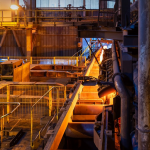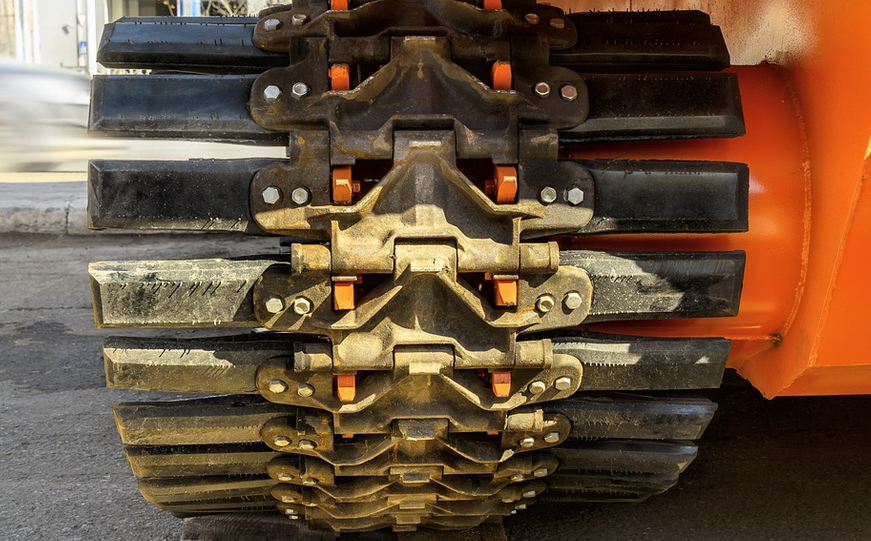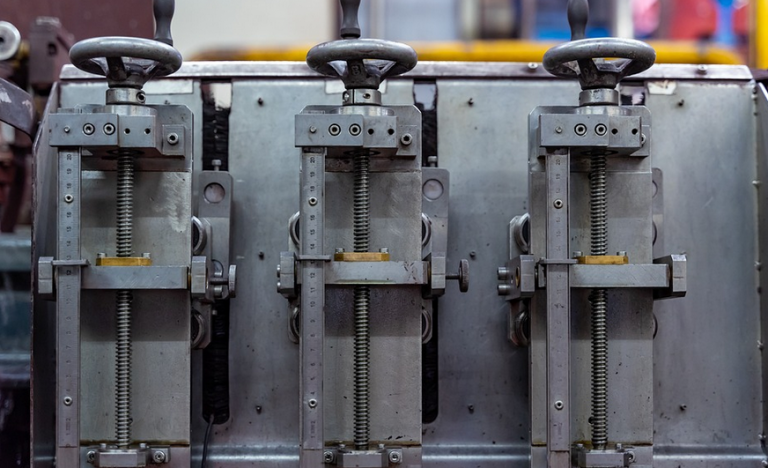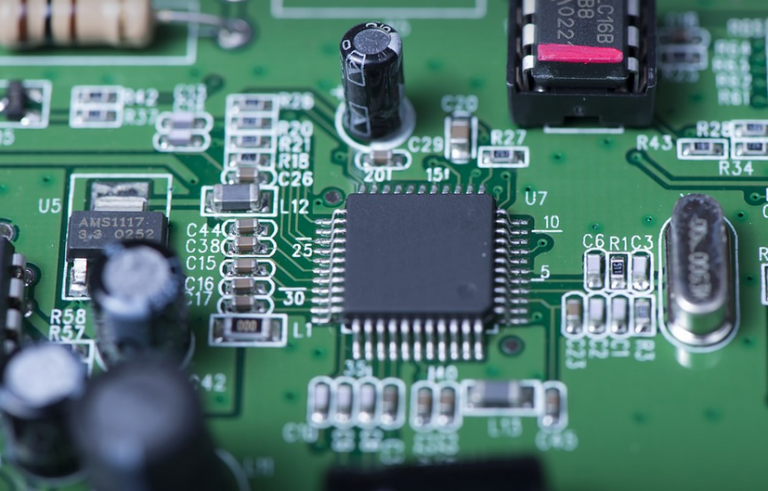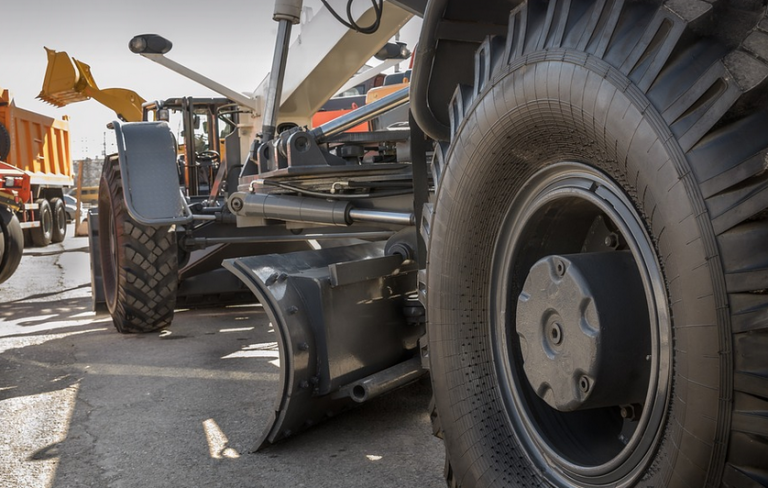What is TIG Welding?
TIG welding, short for “Gas Tungsten Arc Welding,” is a versatile and precise welding process that’s been shaping metal since its inception. It involves using a non-consumable tungsten electrode as a heat source to melt the base metals together. This seemingly simple technique, however, delivers outstanding results in terms of weld quality and overall performance.
Why Argon? The Power of Shielding
Imagine trying to build a house with your hands without any protection from the elements. It’s just not going to work. Similarly, TIG welding relies on shielding gas to protect the molten weld pool from atmospheric contamination and unwanted oxidation. This is where argon comes in.
Argon is an inert gas—meaning it won’t react with other elements in the atmosphere—making it a perfect shield for your welds. It excels at preventing the flow of oxygen, which would otherwise create harmful oxides that weaken your weld structure and compromise its integrity.
Argon: The Ultimate Guardian of Your TIG Weld
Here are some reasons why argon is a game-changer for TIG welding:
* **High Purity:** Argon is produced through specialized processes, ensuring the highest levels of purity. This means it offers minimal contamination, so you won’t have to work extra hard to clean your welds after they’re finished.
* **Stability and Control:** Argon’s inert nature allows for precise control over the welding process. It creates a stable, consistent weld pool with controlled heat transfer, which minimizes distortion and maintains excellent welding quality.
* **Clean Weld Beads:** Argon’s shielding action results in smooth, clean weld beads without any spatter or porosity. This makes your TIG welds look professional and ensures a flawless fusion between the metals being joined.
Argon: A Multi-Faceted Weapon for Metalworking
The use of argon in TIG welding isn’t just about creating smooth, flawless welds; it’s a testament to its versatility. Let’s explore how argon is utilized in various aspects of TIG welding:
* **Applications:** Argon shielding gas is used for multiple metalworking applications, including: * Building and repair of bridges and other large structures * Creating custom artwork out of metals * Welding delicate electronics within intricate mechanisms. * **Precision and Control:** The use of argon allows TIG welders to achieve remarkable levels of precision when working with thin materials or in confined spaces. Argon’s inertness helps maintain the desired heat control needed for these specific welding applications.
Putting it All Together: The Power of Argon-Shielded TIG
With argon shielding gas, you get a powerful combination. This synergy creates a perfect storm of advantages that elevate TIG welding to new heights:
* **Reduced Weld Defects:** Argon-shielded TIG welding eliminates the risk of weld defects like porosity and undercut. It ensures a clean, smooth arc with consistent heat input. This leads to more durable welds, which are less likely to fail over time.
* **Improved Weld Quality:** Argon shielding gas helps create stable, controlled weld pools with reduced spatter and improved bead-to-bead consistency. This translates to higher quality welds that can withstand the rigors of real-world applications.
The Future of TIG Welding: A Golden Age for Precision
As technologies evolve, so does welding. With argon’s powerful shielding capabilities, TIG welding continues to be a leading method for creating high-quality welds. This is especially true in fields where precision and reliability are paramount—from aerospace engineering to automotive manufacturing.
**Conclusion:** Argon is not just a gas; it’s the heart of advanced and reliable TIG welding processes. It provides a perfect shield, ensuring clean and precise results that set the standard for modern metalworking practices. It’s a testament to how simple yet effective measures can lead to remarkable breakthroughs in engineering.





